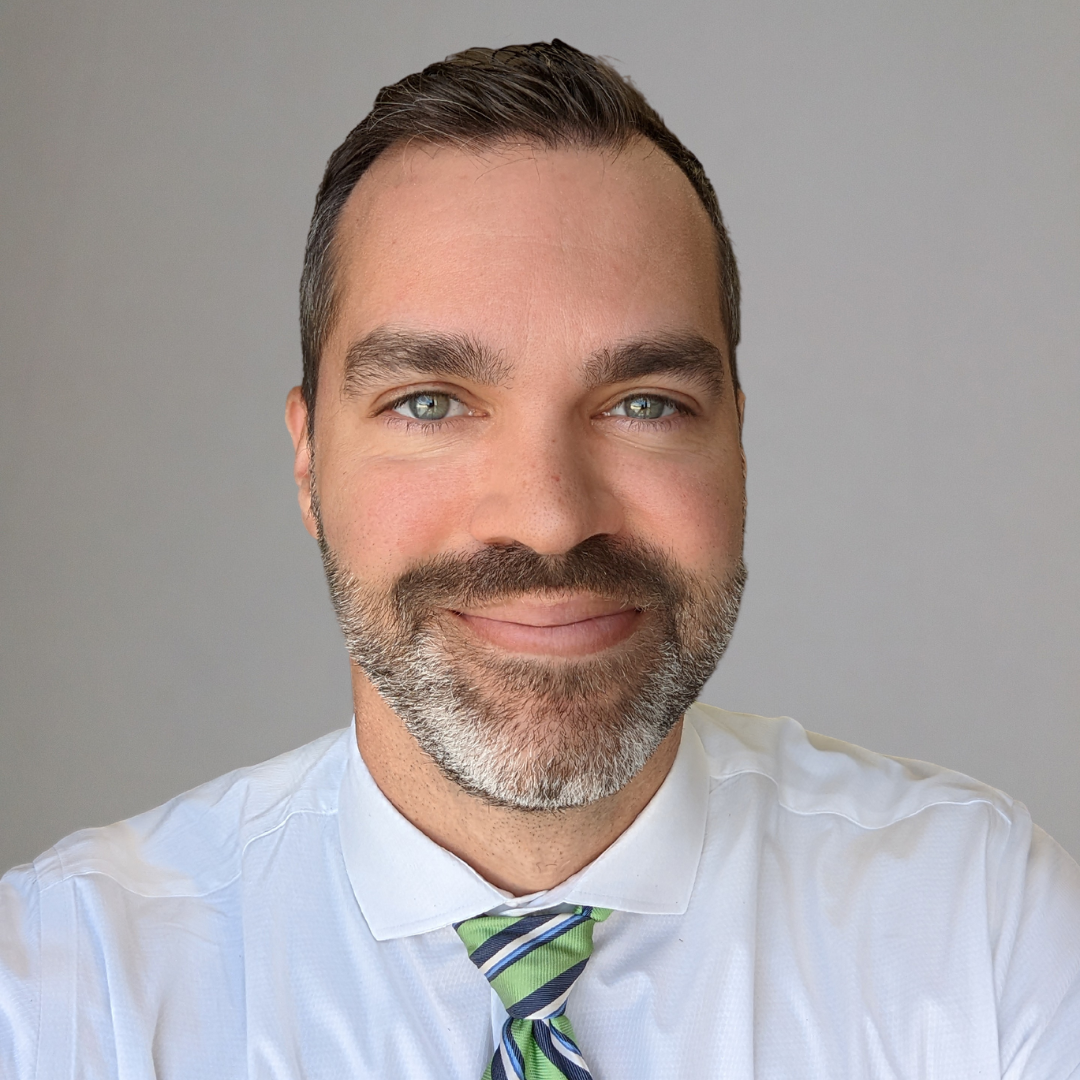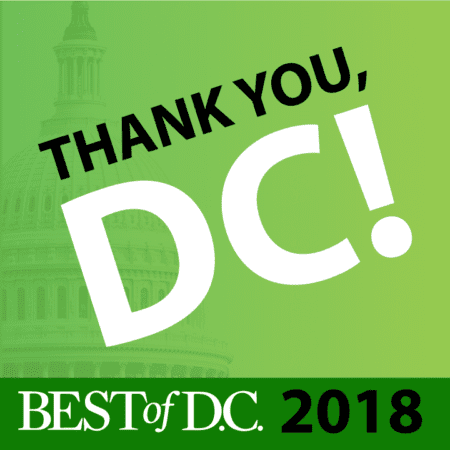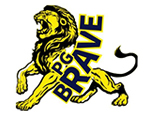As part of our Financial Awareness Month celebration and ongoing commitment to invest in our communities’ futures, the Signal Financial Charitable Foundation introduced its Scholarship Program this April, offering a $1,000 scholarship to help support a student’s academic journey. Applicants were asked to write a brief essay or record a video discussing a financial lesson they’ve learned and how it has helped them prepare to graduate. Two applications stood out amongst a number of strong submissions, and the Foundation decided to award not one, but two individuals with $1,000 scholarships. Thank you to all those who submitted an essay or video. Below is the winning essay from one of our winners, Sania, who attends Virginia Commonwealth University.
 I’ve always wanted to be a doctor. The game plan was always clear: excel in high school, get my bachelor’s degree, but focus on the healthcare courses, gain admission to medical school, complete residency, and finally become a doctor. For as long as I can remember, this path was laid out before me, encouraged by my parents, teachers, and the educational system that has set a specific timeline and “to-do” list on what needs to be accomplished. My singular focus on medicine, however, left a significant gap in my knowledge: financial literacy.
I’ve always wanted to be a doctor. The game plan was always clear: excel in high school, get my bachelor’s degree, but focus on the healthcare courses, gain admission to medical school, complete residency, and finally become a doctor. For as long as I can remember, this path was laid out before me, encouraged by my parents, teachers, and the educational system that has set a specific timeline and “to-do” list on what needs to be accomplished. My singular focus on medicine, however, left a significant gap in my knowledge: financial literacy.
Coming into college as a freshman, I had minimal financial knowledge. The transition from high school to university life brought a jarring financial awakening. Suddenly, I was confronted with costs I hadn’t fully anticipated: housing expenses far beyond what I had budgeted, meal plans that seemed reasonable until I calculated their per-meal cost, textbooks priced at hundreds of dollars per course, and countless incidental expenses that weren’t included in the neat “tuition and fees” figure on university brochures.
Within my first semester, I realized that the pre-med path presented unique financial challenges. While many of my peers could work part-time jobs to offset expenses, I quickly learned that maintaining the GPA necessary for medical school admissions, participating in research, volunteering at hospitals, and preparing for the MCAT left precious little time for employment. The oft-repeated advice from advisors and upperclassmen was clear: “It’s not recommended to have a job while taking a full pre-med course load.”
This created a troubling equation. The path that would eventually lead to financial stability was, in the short term, preventing me from earning income while requiring significant financial output. Beyond tuition, there were lab fees, MCAT prep courses, application fees for research programs, and the looming knowledge that medical school applications would cost thousands of dollars in themselves, all before even considering the hundreds of thousands in medical school tuition.
The most eye-opening moment came when I attended a pre-med advising session where a timeline of the next eight to twelve years was laid out. Each phase: undergraduate education, application year, medical school, residency, had its substantial costs and limited earning potential. I realized I was at the beginning of a decade-long financial commitment without a financial plan that extended beyond my freshman year.
This crisis point led me to the most important financial lesson I’ve learned: the necessity of understanding your complete financial balance and planning for the long term, especially when pursuing a path as demanding and extended as medicine. I needed financial literacy not as an abstract adult skill for someday, but as an immediate survival tool.
I began by creating a comprehensive spreadsheet of all my expenses, not just the obvious ones like tuition and housing, but smaller recurring costs that accumulated significantly over time. I researched additional certifications I would need, from CPR training to research certifications, adding these to my projected expenses. I calculated the cost of each MCAT attempt, application fees for medical schools, interview travel expenses, and moving costs.
With this sobering financial picture, I decided to add economics as a second major. While this meant additional coursework, I viewed it as an investment in knowledge that would serve me throughout my medical journey. Through these courses, I’ve learned about opportunity costs, compound interest, debt management, and investment strategies tailored to extended educational paths.
I’ve also developed practical skills: negotiating with service providers to lower bills, finding alternatives to expensive textbooks, meal prepping to avoid costly campus food, and applying for scholarships. I’ve learned that financial balance requires continuous attention and adjustment, particularly during different phases of the medical journey.
Perhaps most significantly, I’ve created a detailed financial roadmap for the next decade. Rather than focusing solely on surviving my current semester financially, I now have projections and contingency plans for each stage ahead. I’ve identified potential funding sources for medical school, researched loan forgiveness programs for physicians working in underserved areas and developed strategies for minimizing debt accumulation during years of limited income.
As I continue my freshman year, I feel more prepared not just academically but financially for the journey ahead. I understand that becoming a doctor isn’t just about mastering sciences but mastering the financial realities that accompany this path. I recognize now that financial literacy isn’t a distraction from my medical ambitions but a critical component of achieving them sustainably.
The path to becoming a doctor remains my north star, but now I navigate with both the passion for medicine that has always driven me and the financial awareness that will support this journey through the many years ahead. This balance, learned early in my college experience, will undoubtedly serve both me and my future patients well as I work toward realizing my lifelong ambition of practicing medicine.





